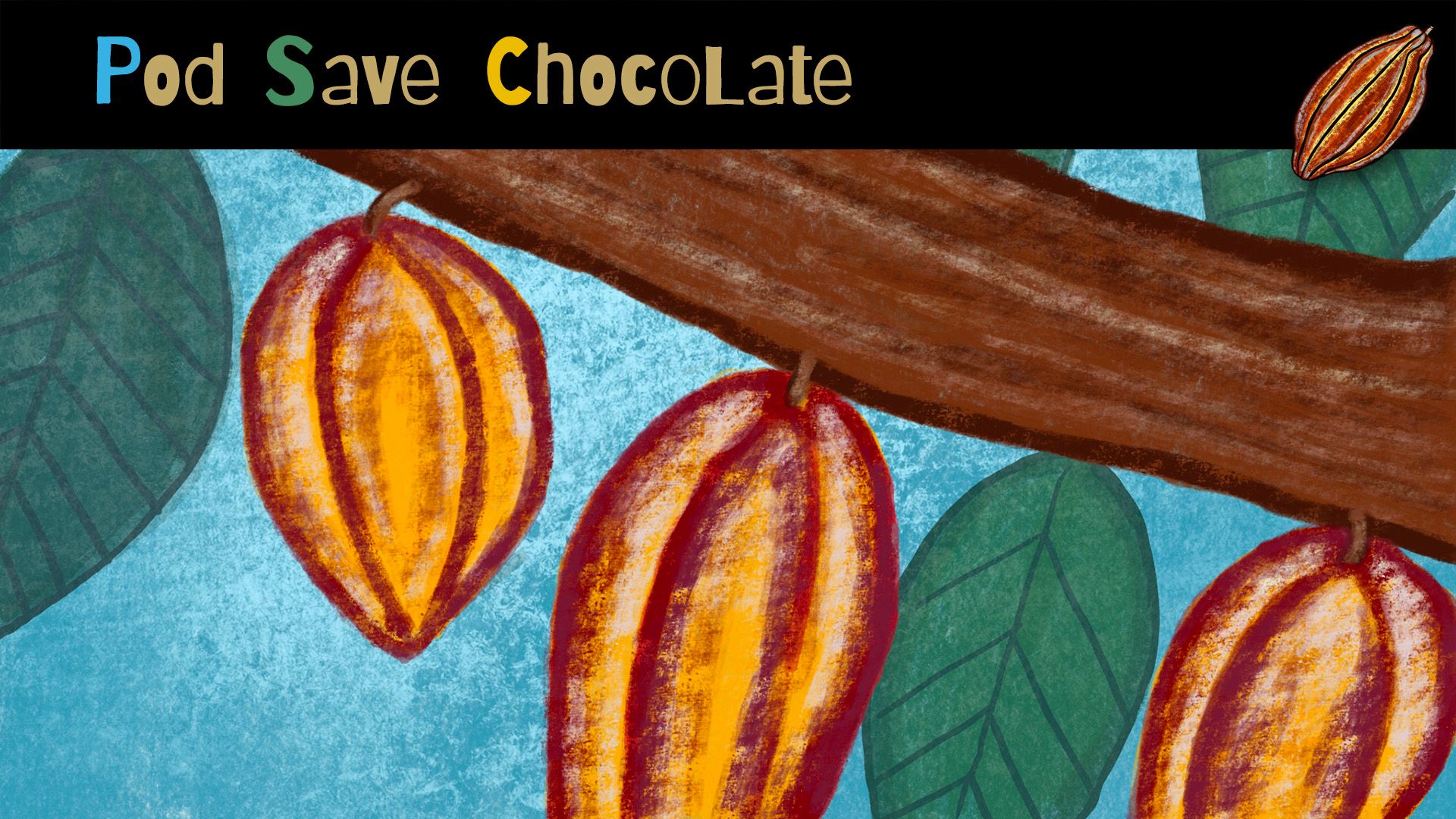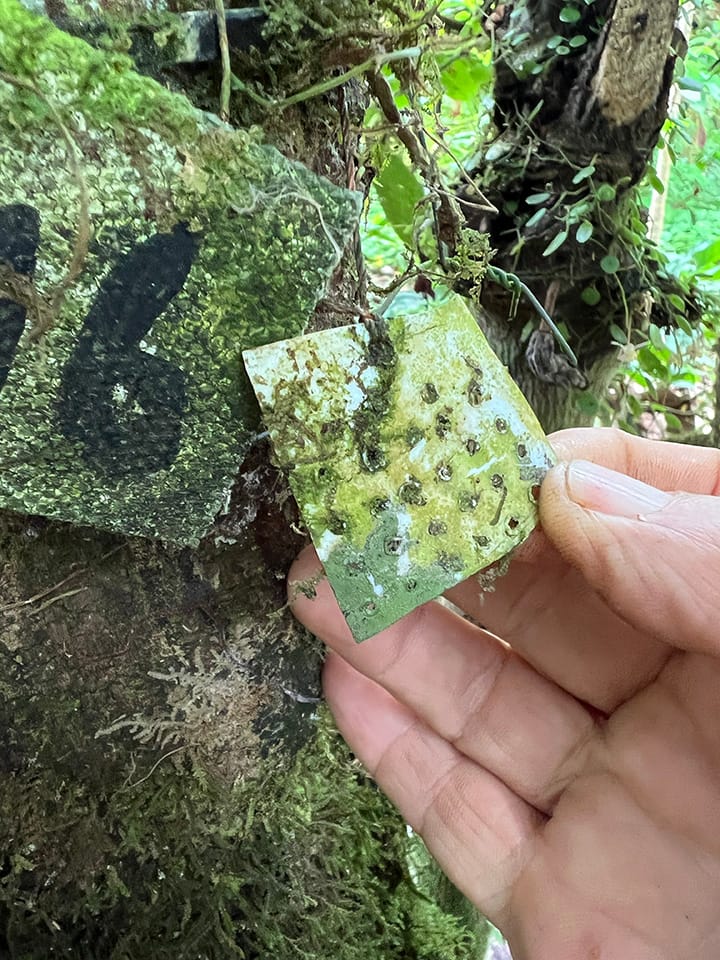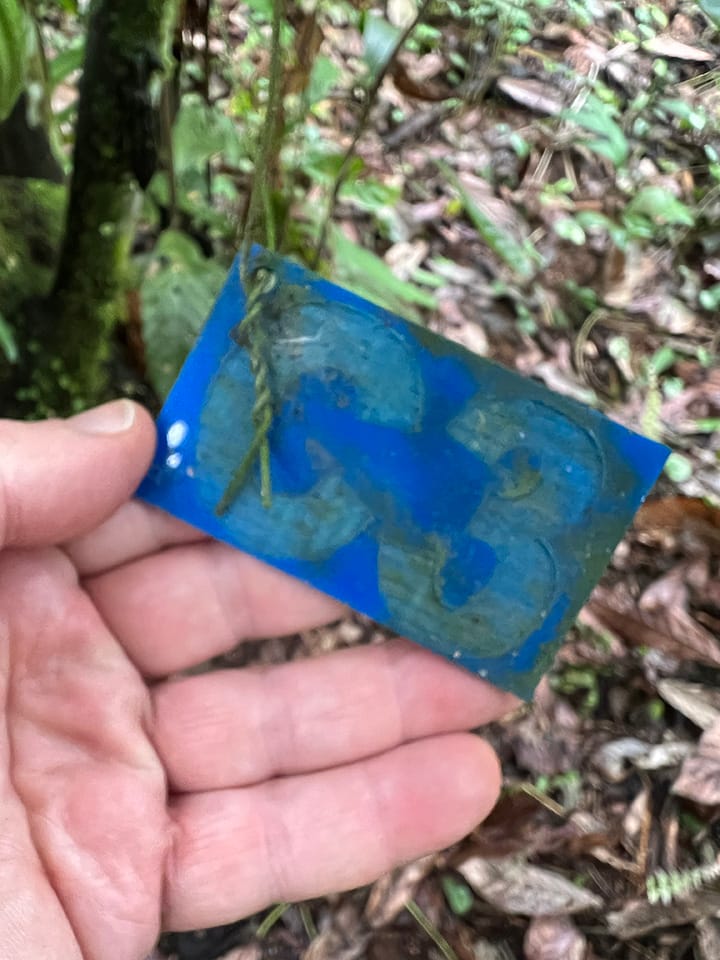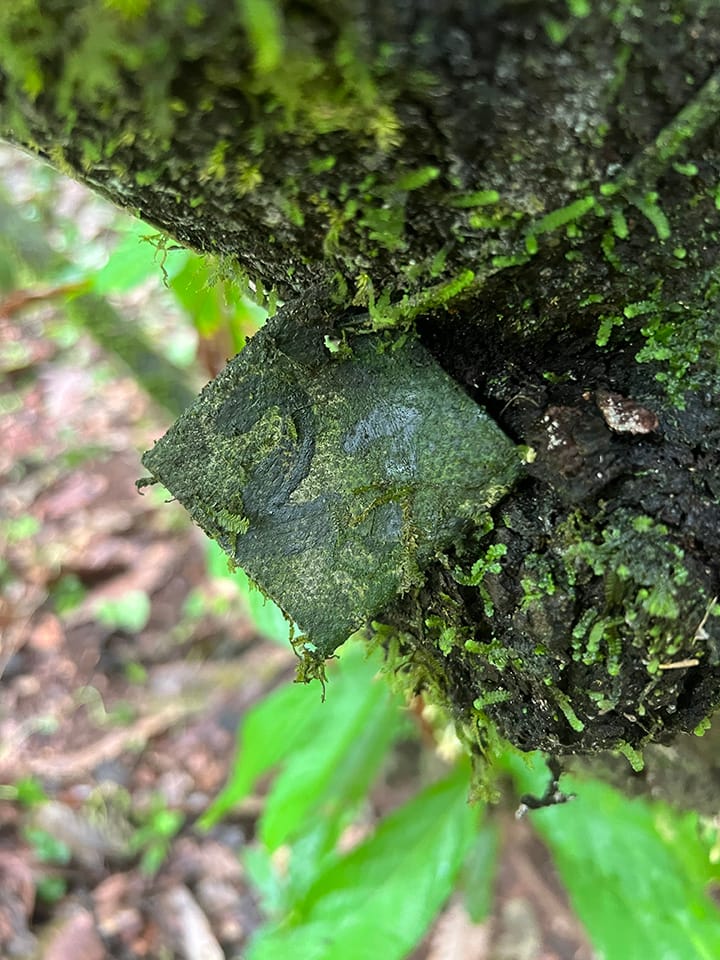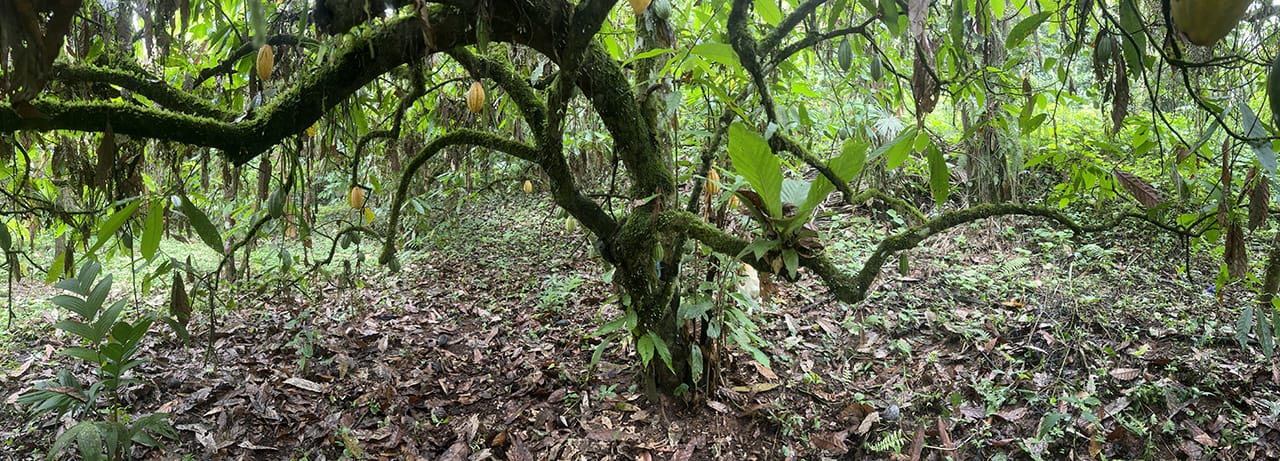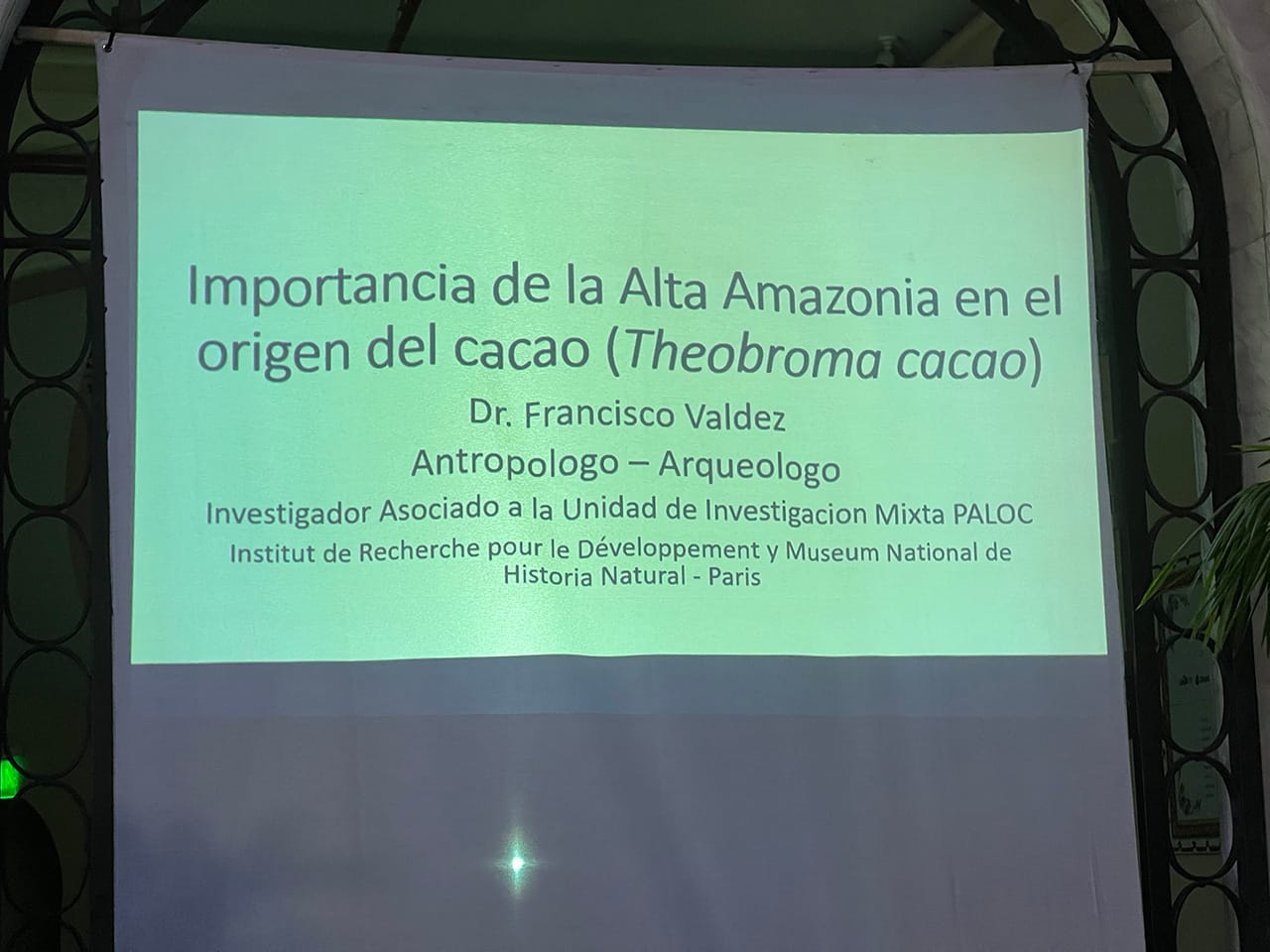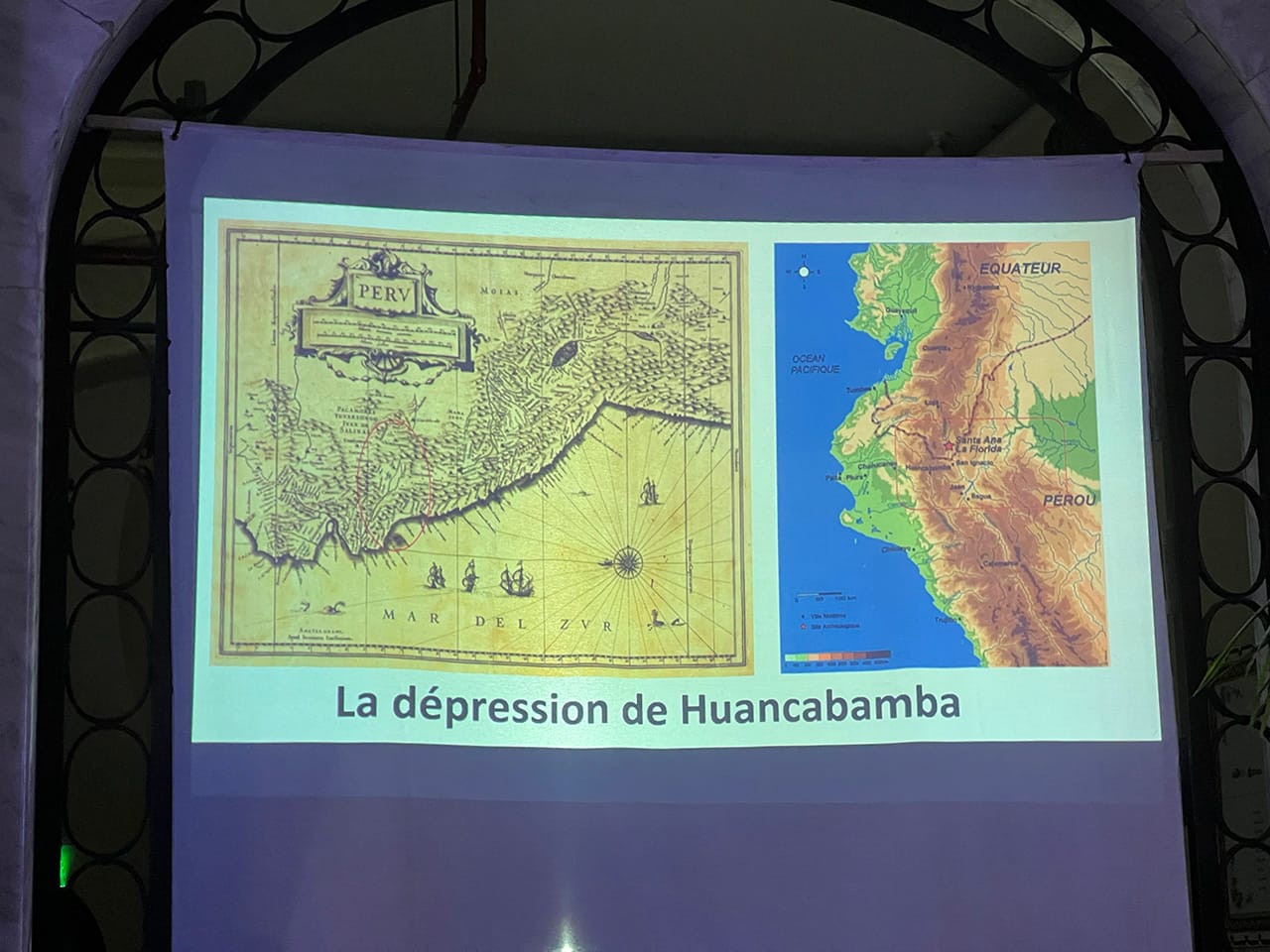Mapping the Genetic Evolution of Cacao & March ’24 News/AMA | #PodSaveChocolate
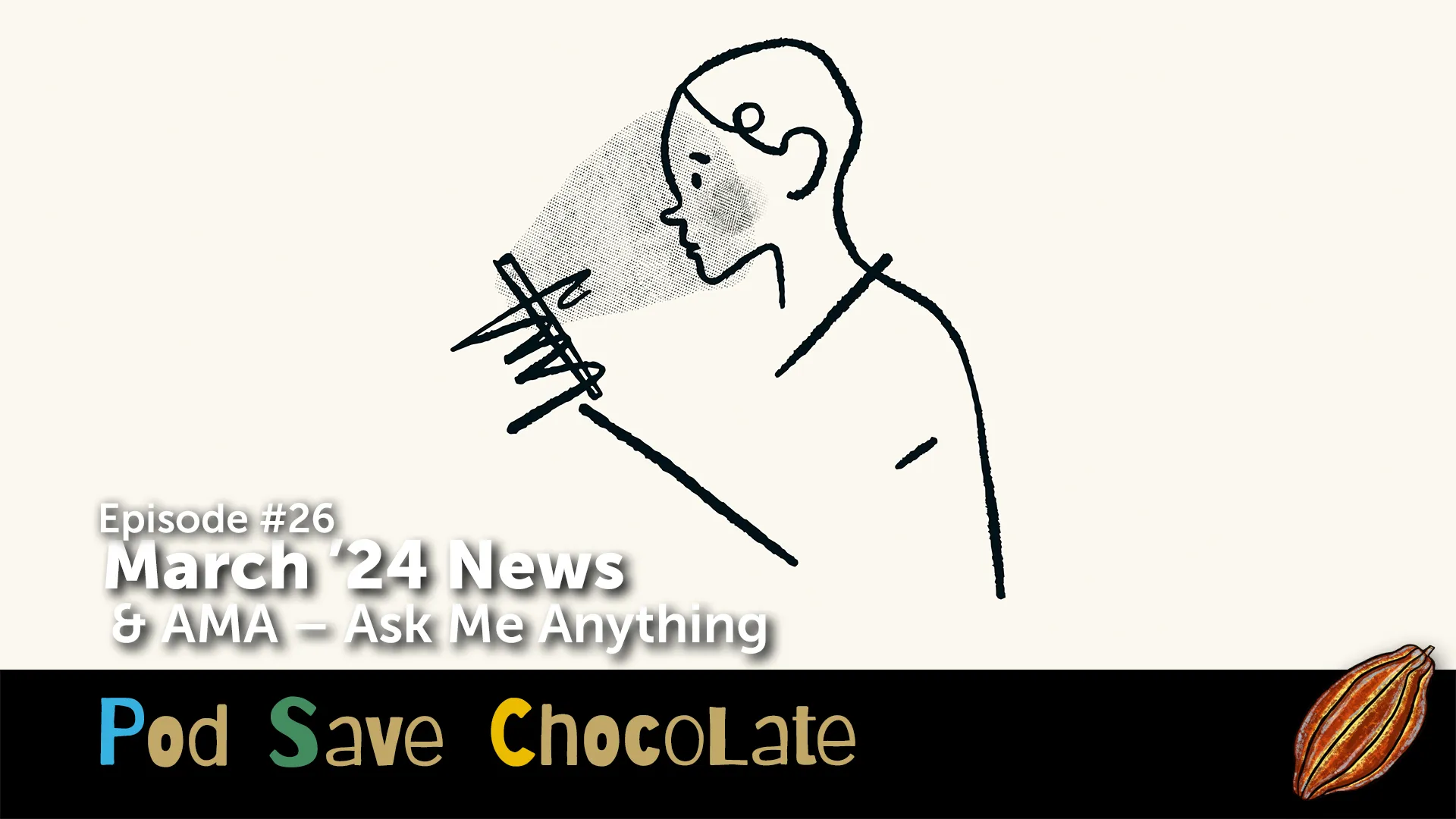
Episode 26 of #PodSaveChocolate features “All the (Chocolate) News That’s Fit to Eat” and the monthly AMA – Ask Me Anything (about cocoa or chocolate).
When and Where to Watch
This episode airs live from 10:00 PDT / 10:00 MST / 11:00 MDT / 12:00 CDT / 13:00 EDT on Tuesday, March 12th, 2024. UPDATED to include other news links mentioned.

Click to watch in a new tab or window. Please subscribe (free!) to the @PodSaveChocolate YouTube channel as well as like this video, comment, and share to help grow the #PSC community.
Link to watch and comment from my LinkedIn profile.
Link to watch and comment on TheChocolateLife page on Facebook.
Episode 26 Overview
This episode of #PodSaveChocolate will focus most of its attention on a single news story about mapping the genetic evolution of cacao.
If there is time we will get to other stories, and, as always I will be taking AMA questions from participants during the livestream.
While the location of the origin of theobroma cacao is no longer in dispute, how it spread throughout the Americas has been an open question.
The story originally came to my attention in Ground News (card 1️⃣) and I followed the link to the Ancient Origins website (card 2️⃣). Fortunately, the Ancient Origins website cited the source for the article (card 3️⃣).

Card 1️⃣
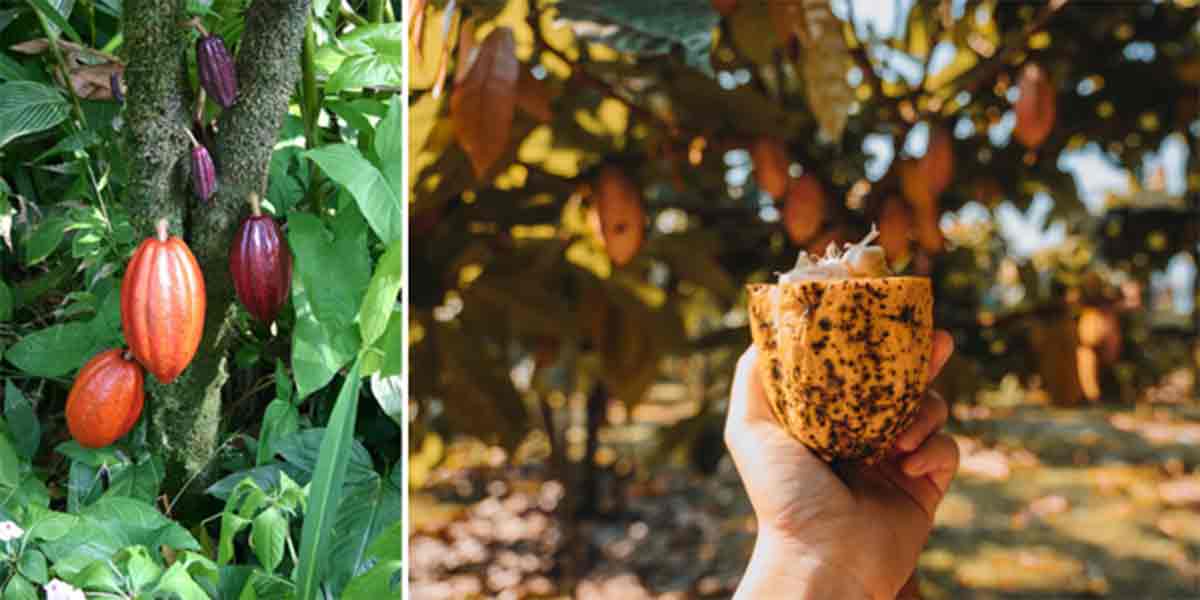
(Card 2️⃣)
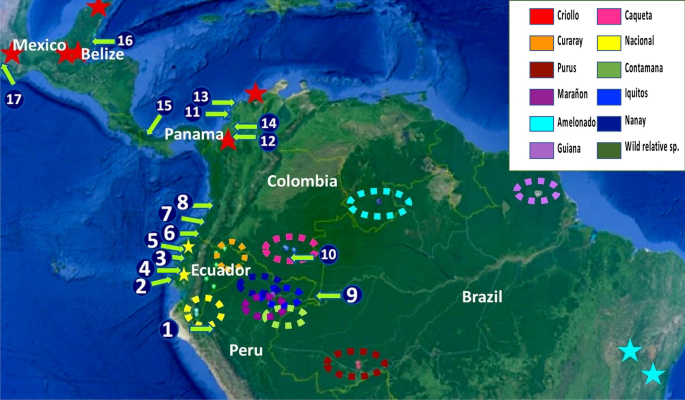
(Card 3️⃣)
Related Resources
Tags from one of Motamayor’s sampling teams found on trees near Puerto Quito, Ecuador on a 2022 trip.
A tree on the Chicao Chocolate farm – this is not a tagged tree.
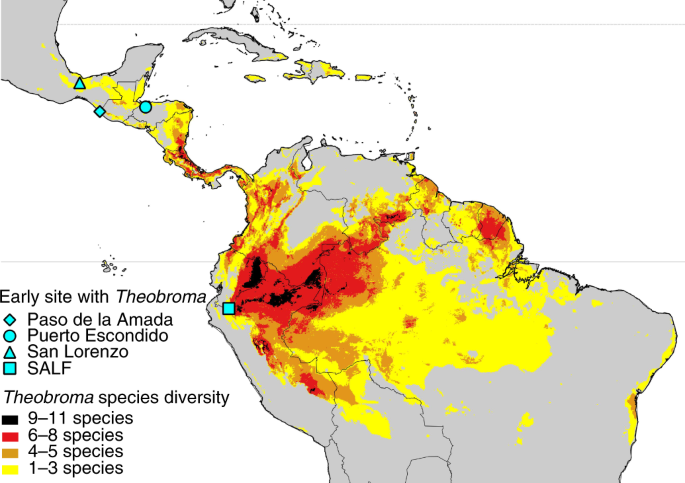
This study, published in 2008, completely changed our understanding of cacao genetics.
Two slides from a presentation by Dr Francisco Valdez given at the Museum of Cacao in Guayaquil in 2022 during my visit there. La dépression de Huancabamba is critical to the discussion of the spread of cacao by humans.
Related Research
Preview – published 2005

Other News Mentioned

As Hershey battles cocoa costs, chocolate lovers may help cool inflation. And found in my feed for the same day:

Episode Hashtags and Related Accounts to Follow
#News #AMA #AskMeAnything
#cocoa #cacao #cacau
#chocolate #chocolat
#PodSaveChocolate #PodSaveChoc #PSC
#LaVidaCocoa #TheChocolateLife
Next Episode
The Friday, March 15th episode of PodSaveChocolate will feature an interview and live tasting with Chef Andrea Young of Sweet Vegan Chocolates (NYC).
#PodSaveChocolate and #TheChocolateLifeLIVE Archives
To read an archived post and find the links to watch archived episodes, click on one of the bookmark cards, below.
